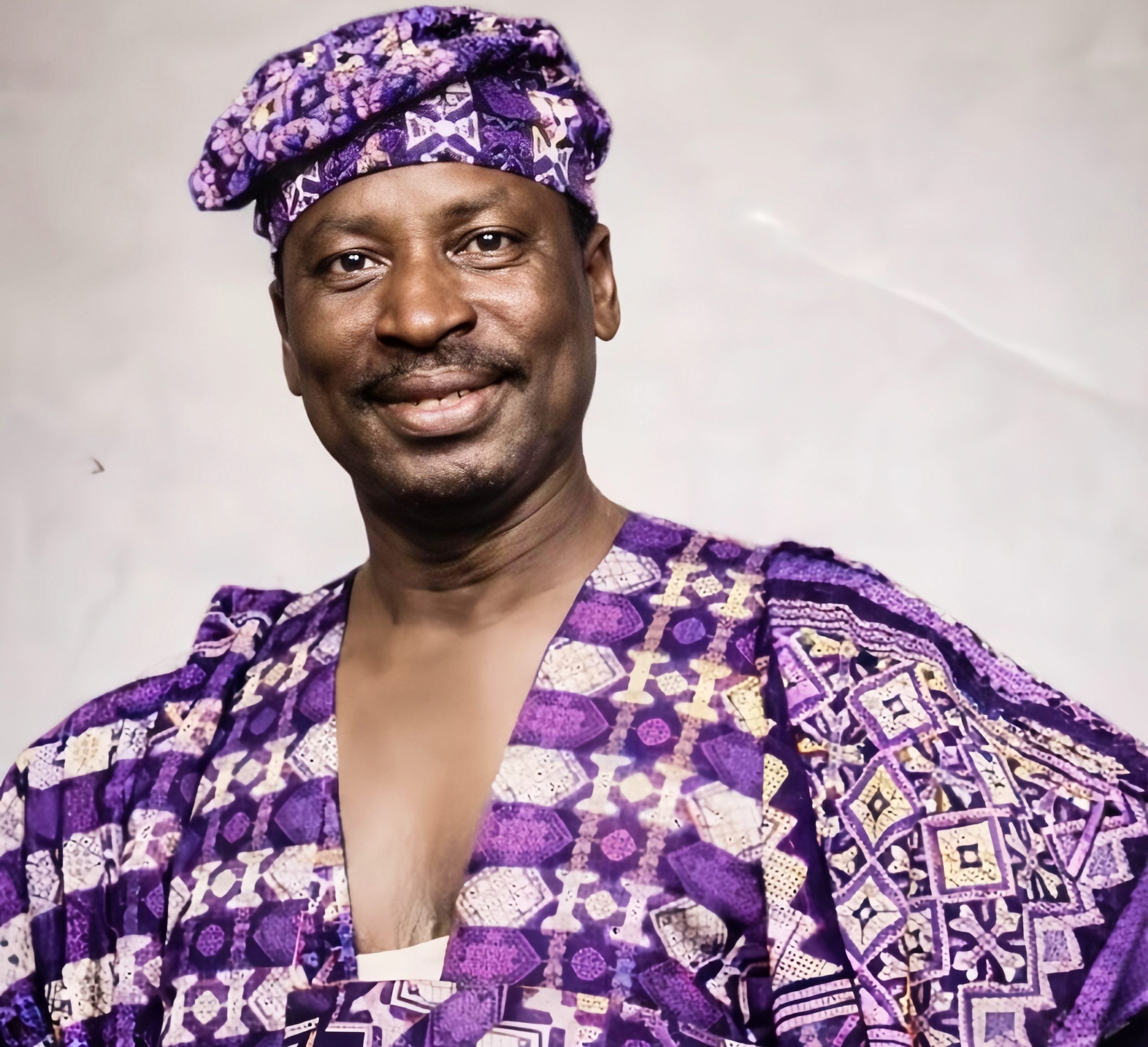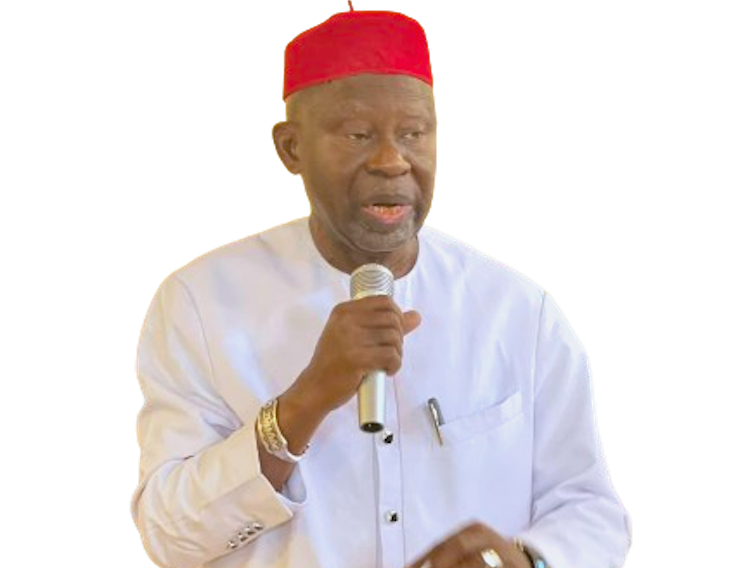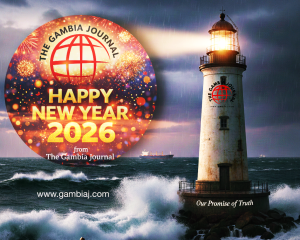Gambiaj.com – (BANJUL) – At least 70% of people in The Gambia are projected to have access to electricity by the end of 2024, according to the recent report from the African Development Bank (AfDB). This significant foreseen increase in electrification, especially in rural areas where access is expected to reach 50%, will result from substantial investments in the country’s energy sector.
The current installed capacity in The Gambia stands at 102 MW, which falls short of peak demand by 11 MW. Additionally, the average electricity tariff in the country is among the highest in the world, at GMD0.15 (or $0.24) per kWh. Despite these challenges, the AfDB’s investments have notably improved access to affordable and reliable electricity.
Key projects contributing to this progress include an interconnection with Senegal, which provides 50 MW of power to support The Gambia’s bulk supply system. However, the AfDB report also highlights a severe energy crisis in the country that hampers growth and private sector development. Immediate action is recommended to address this crisis through both short-term and long-term measures.
The report suggests that to improve electricity access and reduce tariffs, as well as decrease the country’s reliance on heavy fuel oil, substantial investments and reforms are needed. These include increasing renewable energy penetration, diversifying the energy mix, and reducing transmission and distribution losses.
In line with these recommendations, the Gambian government issued a regulation for green mini-grids in September 2023. This regulation aims to facilitate private sector participation in expanding energy access, diversifying the energy mix, and enhancing renewable energy penetration, aligning with The Gambia’s Universal Access by 2025 and the 2021-2040 Electricity Sector Strategic Roadmap.
According to the International Trade Administration (ITA), there are currently over 220,000 individual electricity customers in The Gambia. This number is expected to rise significantly with the government’s goal of achieving universal access by 2025. The ITA also noted recent progress towards regional integration and the prioritization of renewable energy sources, such as solar, as The Gambia moves away from its historical reliance on heavy fuel oil for domestic generation.
The journey towards improved electrification in The Gambia is marked by challenges but also significant strides, promising a brighter and more sustainable future for its citizens.










